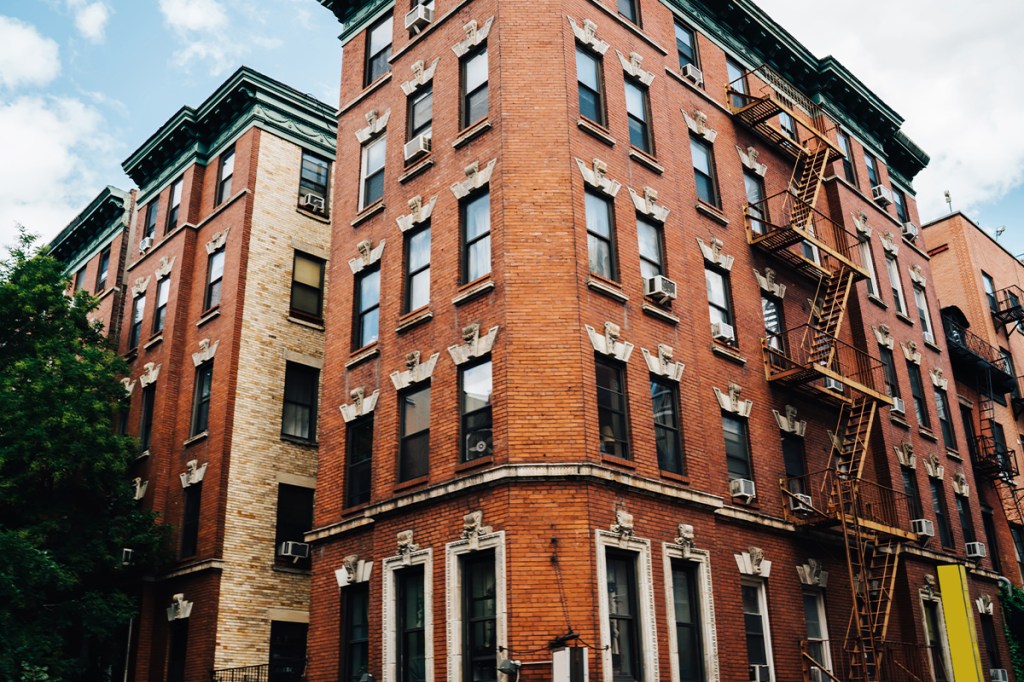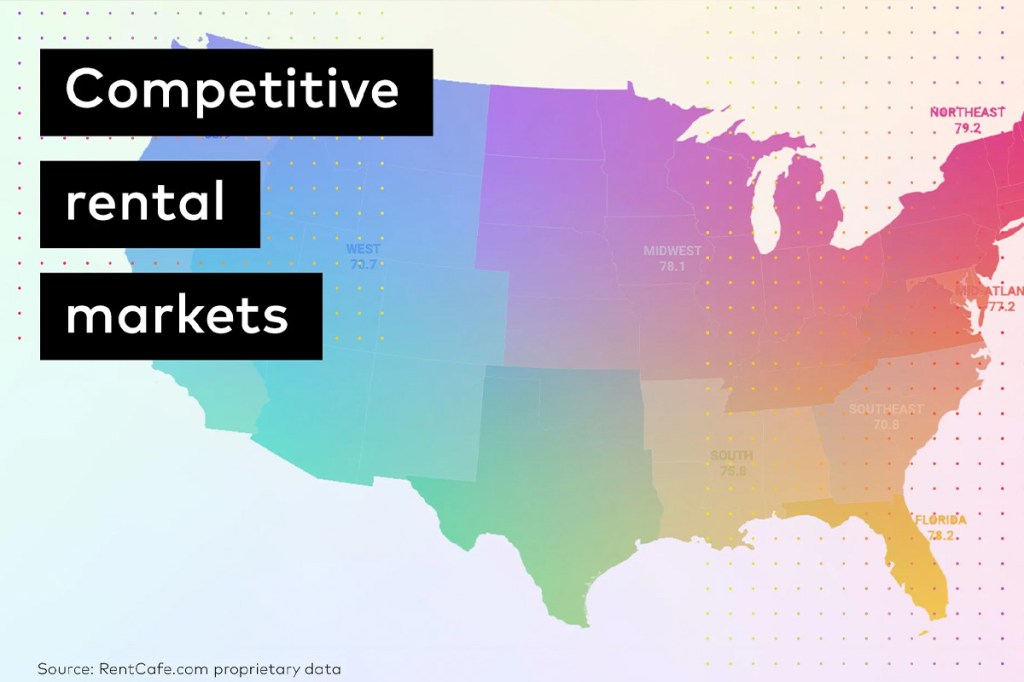
For decades, New York property managers and rents have been subject to rent regulation programs, namely rent control and rent stabilization. Both were established with two primary objectives in mind. First, to safeguard tenants in privately-owned buildings from unexpected and unwarranted rent surges. And second, to ensure that property owners could maintain their buildings while still securing a reasonable profit.
According to a study by the Division of Housing and Community Renewal (DHCR), these regulations have been pivotal in maintaining a balance between tenant rights and owner profits, especially in a city where the demand for housing is almost always higher than the supply. Of course, property managers and others in real estate often find themselves on the other side of the debate. Evolving rent laws have plagued New York property managers for a long time.
Luckily, modern technology can simplify the most time-consuming and challenging aspects of rent stabilization and rent control. This article covers a brief history of rent regulation in New York before exploring the ways property management software can help ease the burden of dealing with these laws.
A quick history on rent control & rent stabilization
While rent control and rent stabilization are both forms of rent regulation, there are importance differences.
Rent control
Rent control in New York City has its origins in the housing shortages that arose during and after World War II. As soldiers returned home from the war and the city’s population surged, there was an increase in demand for housing. In simple economic terms, rents skyrocketed, which in turn prompted the government to intervene.
The primary objective of rent control was to prevent excessive rent hikes and ensure that housing remained affordable for residents, especially given the economic challenges post-war. The system was specifically designed to cover buildings that were constructed before 1947.
Over time, as buildings aged and new ones were constructed, the number of rent-controlled apartments decreased. Many of these units transitioned to the rent stabilization system or were decontrolled entirely.
Rent stabilization
Rent stabilization was introduced as a successor to rent control, aiming to address the housing needs of a growing city. It specifically targeted buildings erected between 1947 and 1974.
The primary goal of rent stabilization is to balance the rights of landlords and tenants. It ensures that tenants are protected from illegal evictions and excessive rent increases. It is also meant to provide landlords with a reasonable return on their investment.
Current status: The rent stabilization system not only covered new buildings but also incorporated apartments transitioning from rent control. Additionally, apartments that benefited from tax incentives were brought under this system. These tax incentives were designed to encourage the construction and renovation of residential buildings, ensuring a steady supply of housing.
Hey, do you love history? Check out How The History Of Property Management Can Help You Today.
Rent stabilization has not replaced rent control
Rent stabilization isn’t just about capping rent amounts. Its goal is to ensure tenants receive essential services, are allowed to renew their leases and remain protected from illegal evictions. Rent control, while older than rent stabilization policies, remains intact. It limits the rent an owner can charge, but it also provides guidance on evictions. Most tenant complaints in New York are filed through DHCR. Property managers who violate the law may face rent reductions, civil penalties and/or overcharge assessments.
The case for rent regulation
Those in favor of rent regulation in New York make the following arguments.
It increases affordability
Rent regulation ensures that a portion of the city’s housing remains affordable, especially for long-term residents and those with lower incomes.
It improves stability
Rent-stabilized tenants are given the right to renew their leases, which provides stability for families.
It offers protection from arbitrary evictions
Rent regulation requires landlords to provide legitimate reasons for evicting tenants.
It encourages maintenance of essential services
Landlords are required to maintain essential services, and tenants can report reductions in services to seek rent reductions.
The case against rent regulation
Despite some positives, there are also arguments against rent regulation, summarized below.
It hurts more than it helps
Rent control and rent stabilization may be great for renters who lease in these units, but it can be a different story for everyone else. One study on rent control in San Francisco concluded, “Rent control reduced rental housing supply by 15%, causing a 5.1% city-wide rent increase.”
Reduced incentive to invest
Some argue that rent regulation can reduce landlords’ incentives to invest in building maintenance and improvements due to reduced rental income.
Limited availability
Rent-stabilized apartments can be hard to come by, so long-term tenants hold on to these units, negatively affecting mobility.
Reduced property tax revenue
Buildings with rent-regulated units may be assessed at lower values, leading to reduced property tax revenue for the city.
How property management software simplifies New York rent regulations
Given the complexities of navigating rent control and rent stabilization in New York, there is a high demand for affordable, comprehensive property management software. Multifamily managers and owners need to know they are charging legal rent, a term that refers to the maximum amount that can be charged. Calculating this amount manually can be difficult, time-consuming and risky. It’s not something you can afford to get wrong.
Yardi Breeze Premier lets users do the following for DHCR rent-stabilized units:
Streamline the process of DHCR lease renewals
Generate lease renewal packages that are compliant with the New York State Division of Housing and Community Renewal (DHCR) regulations. This ensures that landlords and property managers are always in line with the latest guidelines, reducing the risk of non-compliance.
Automatically calculate preferential rent
Manage and track preferential rents. This ensures that when leases are renewed or a become vacant, the legal rent can be reverted to maximum market rate without violating regulations.
Stay ahead of annual apartment rent registrations
Track and submit annual rent registrations with ease, ensuring that all rent-stabilized units are registered as required by New York regulations.
Gain annual notice tracking
Automate crucial notifications that keep you in compliance. All required notices, from lease renewals to changes in building services, are sent out in a timely manner and in accordance with New York’s housing laws.
Track and report any bed bug incidents in the building
Stay in line with New York’s requirement for landlords to disclose bed bug infestation history. Breeze Premier ensures full transparency and helps maintain the reputation of the property.
Add custom rent riders as needed
Ensure that all lease agreements are tailored to individual tenant needs while still adhering to New York regulations.
Disclaimer
The information in this article is for informational purposes and does not reflect the opinions or positions of Yardi Systems. Consult your attorney for guidance on rent regulation, fair housing laws or any other topic addressed in this article.



